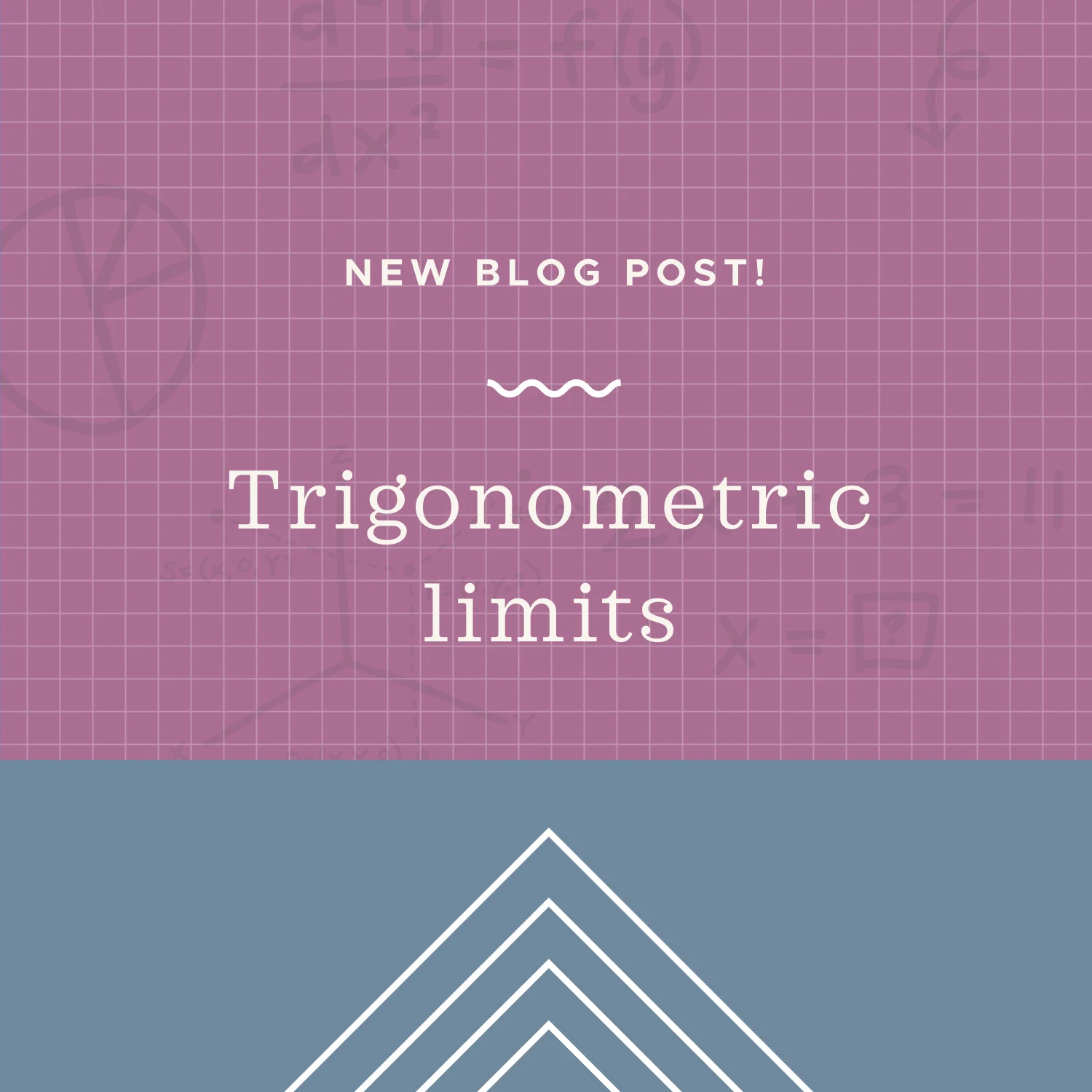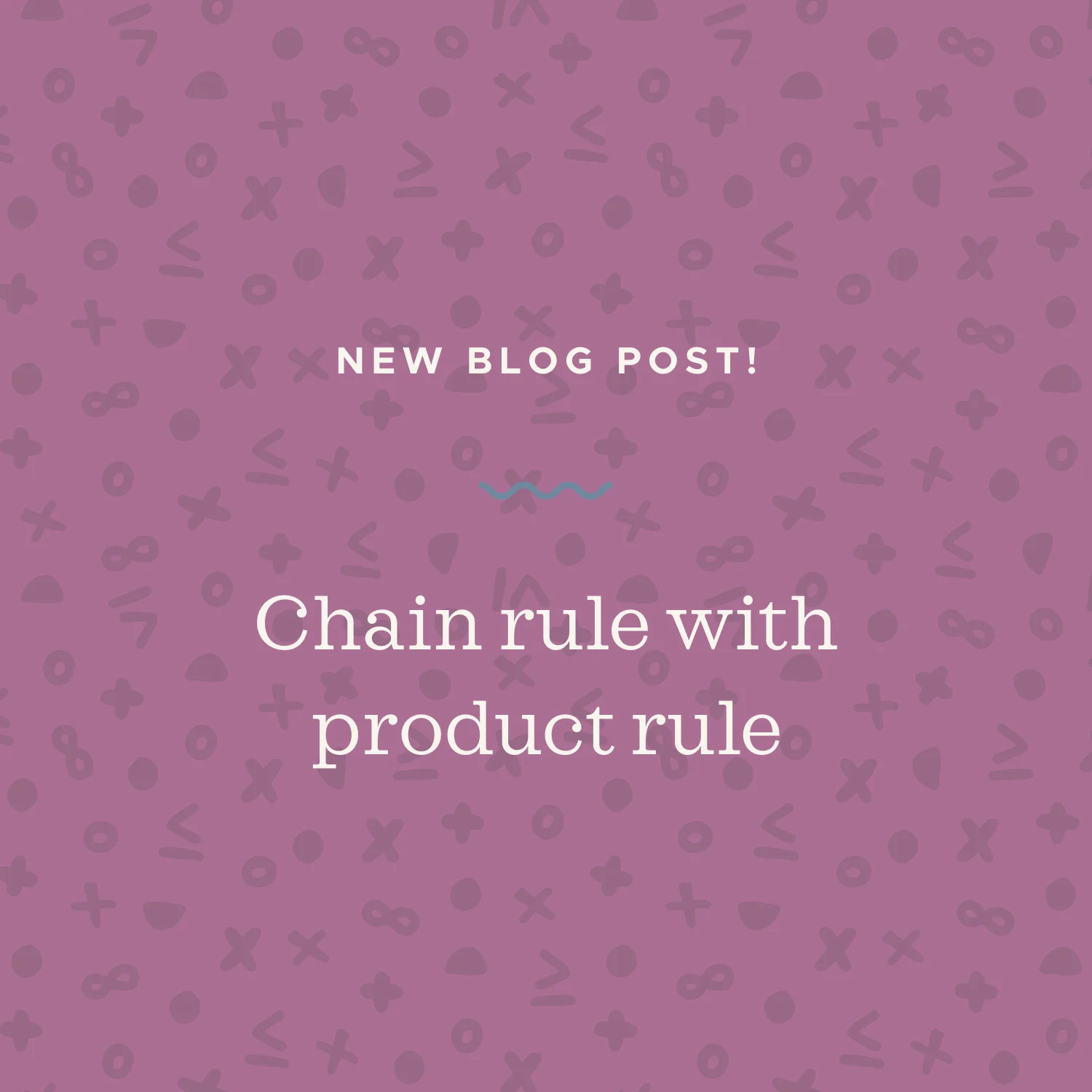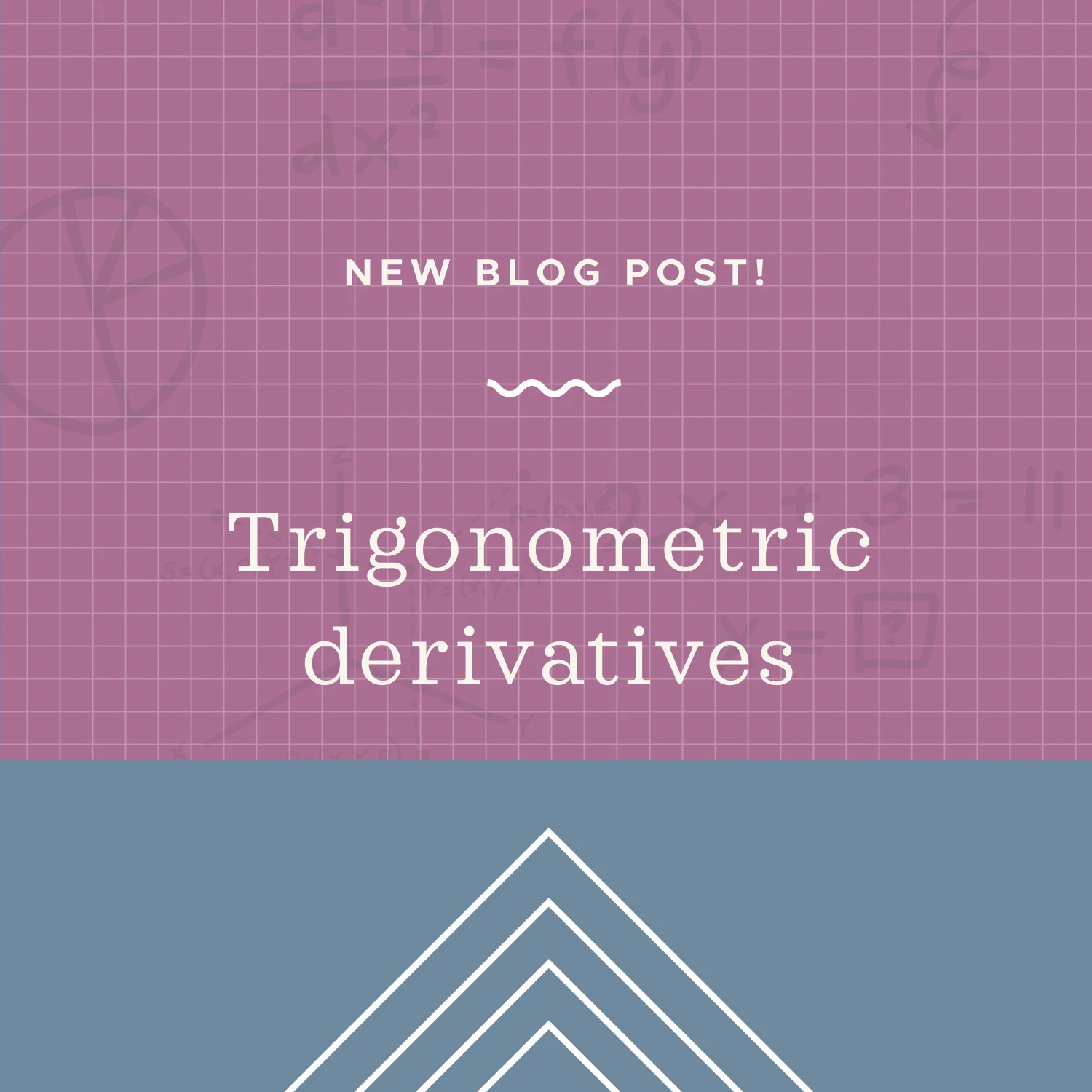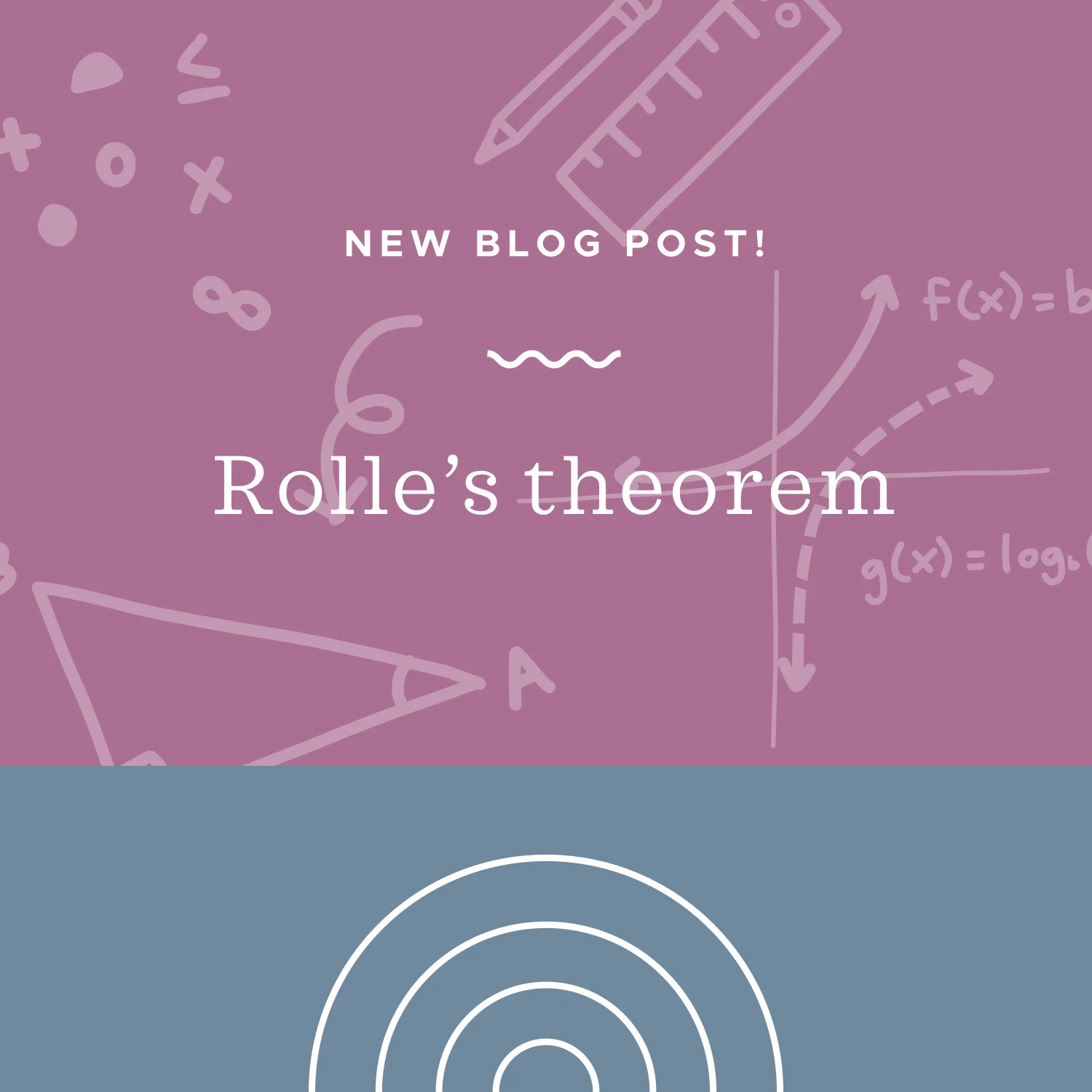Trigonometric limit problems revolve around three formulas, so it’s critical that we know these trig limit formulas. When we solve trigonometric limit problems, our goal is always to reduce the function to a combination of nothing but these three formulas and simple constants.
Read MoreConjugate method can only be used when either the numerator or denominator contains exactly two terms. In order to use it, we have to multiply by the conjugate of whichever part of the fraction contains the radical. The conjugate of two terms is those same two terms with the opposite sign in between them. Notice that we multiply both the numerator and denominator by the conjugate, because that’s like multiplying by 1, which doesn’t change the value of the original function.
Read MoreWe’ve been looking at physical applications of derivatives, but there are also economics applications. In this lesson, we’ll look at marginal cost, revenue, and profit. But before we jump into these marginal values, let’s look at cost, revenue, and profit in general.
Read MoreAs we’ve seen in previous lessons, the simplest way to evaluate a limit is to substitute the value we’re approaching into the function. Because it’s the easiest and fastest method, we should always try substitution first. But substitution won’t always work.
Read MoreThere’s a difference between “limits at infinity” and “infinite limits.” When we see limits at infinity, it means we’re talking about the limit of the function as we approach infinity or negative infinity. Contrast that with infinite limits, which means that the value of the limit is infinity or negative infinity as we approach a particular point.
Read MoreWhen we calculate average rate of change of a function over a given interval, we’re calculating the average number of units that the function moves up or down, per unit along the x-axis. Which means we always need to define a particular interval over which we’ll calculate the average rate of change of the function.
Read MoreThe optimization process is all about finding a function’s least and greatest values. If we use a calculator to sketch the graph of a function, we can usually spot the least and greatest values. The first part of the optimization investigation is about solving for critical points and then classifying them as representing local or global maxima or minima.
Read MoreThe intermediate value theorem is a theorem we use to prove that a function has a root inside a particular interval. The root of a function, graphically, is a point where the graph of the function crosses the x-axis. Algebraically, the root of a function is the point where the function’s value is equal to 0.
Read MoreYou should have some intuition about what it means for a graph to be continuous. Basically, a function is continuous if there are no holes, breaks, jumps, fractures, broken bones, etc. in its graph. You can also think about it this way: A function is continuous if you can draw the entire thing without picking up your pencil. Let’s take some time to classify the most common types of discontinuity.
Read MoreExtrema are points on a function where a maximum or minimum exists. It’s easy to identify the extrema of a function when we look at its graph, because we just look at high points and low points, but we need to be able to use math to calculate their exact coordinates.
Read MoreWe can tell by now that these derivative rules are very often used together. We’ve seen power rule used together with both product rule and quotient rule, and we’ve seen chain rule used with power rule. In this lesson, we want to focus on using chain rule with product rule. But these chain rule/product rule problems are going to require power rule, too.
Read MoreAt every point along a function, the function has a slope that we can calculate. If our function is a straight line, it’ll have the same slope at every point. But for any function that isn’t a straight line, the slope of the function will change as the value of the function changes. To find the slope of a function at a particular point, we can take the derivative of the function, and then evaluate it at the point we’re interested in. Doing that gives us the slope of the function at the point, but also the slope of the tangent line to the function at that point.
Read MoreCompounding interest problems are a specific type of exponential growth problems and are commonly taught in calculus classes. Using certain formulas, we can see how an initial sum of money increases exponentially when we continuously add, or compound, the interest it earns to the original principal amount, and then the interest earns interest over time.
Read MoreGrowth and decay problems are another common application of derivatives. We actually don’t need to use derivatives in order to solve these problems, but derivatives are used to build the basic growth and decay formulas, which is why we study these applications in this part of calculus.
Read MoreNewton’s method lets us approximate the solution of a function, which is the point where the function crosses the x-axis. Keep the following in mind when you use Newton’s method: 1) The function must be in the form f(x)=0, 2) The more approximations we take, the closer we’ll get to the actual solution, and 3) For each approximation, we have to use our answer from the previous approximation.
Read MoreWe’ve learned about the basic derivative rules, including chain rule, and now we want to shift our attention toward the derivatives of specific kinds of functions. In this section we’ll be looking at the derivatives of trigonometric functions, and later on we’ll look at the derivatives of exponential and logarithmic functions.
Read MoreWe know how to use power rule to take the derivative of a power function, and now we’ll learn how to use product rule to take the derivative of a product. In other words, when we’re given a function which is itself a product of functions, we use the product rule for derivatives in order to differentiate it.
Read MoreThe Mean Value Theorem tells us that, as long as the function is continuous (unbroken) and differentiable (smooth) everywhere inside the interval we’ve chosen, then there must be a line tangent to the curve somewhere in the interval, which is parallel to this line we’ve just drawn that connects the endpoints.
Read MoreRolle’s Theorem can prove all of the following: 1) The existence of a horizontal tangent line in the interval, 2) A point at which the derivative is 0 in the interval, 3) The existence of a critical point in the interval, and 4) A point at which the function changes direction in the interval, either from increasing to decreasing, or from decreasing to increasing.
Read MoreChain rule is also often used with quotient rule. In other words, we always use the quotient rule to take the derivative of rational functions, but sometimes we’ll need to apply chain rule as well when parts of that rational function require it. Let’s look at an example of how these two derivative rules would be used together.
Read More





















